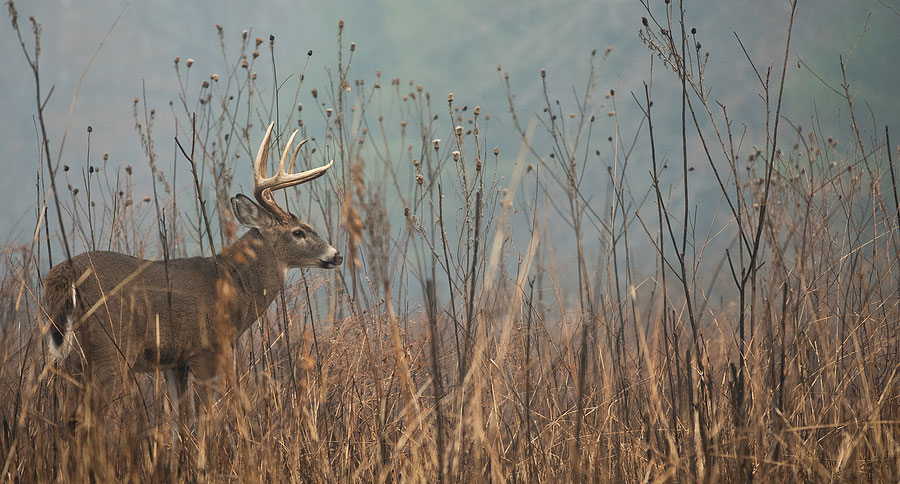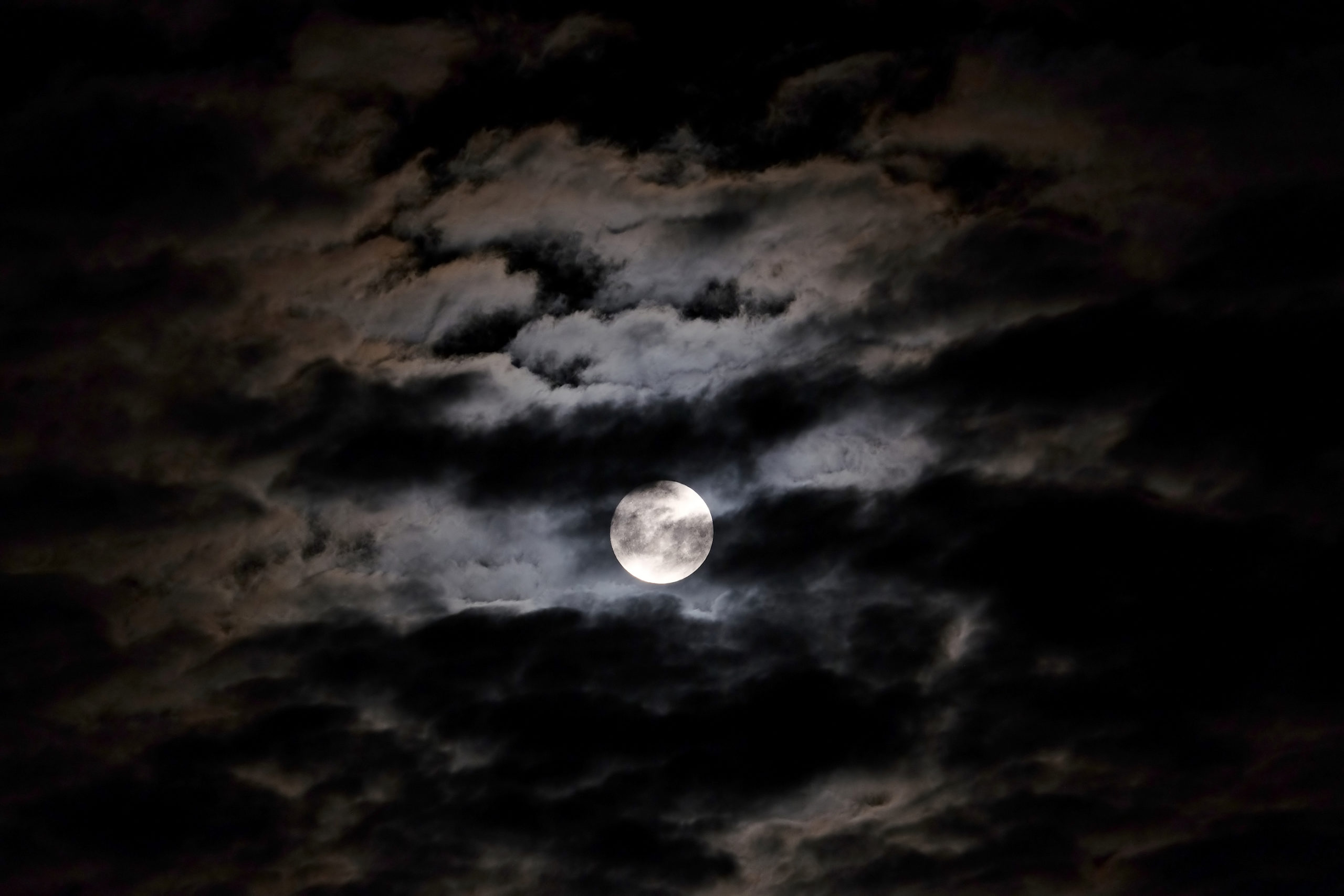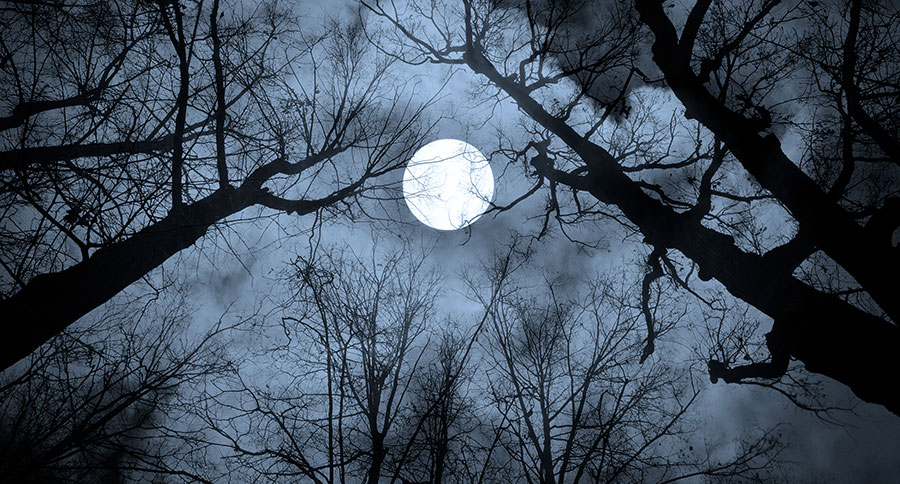It's a term that sportsmen and women should take ownership of, but do you actually know what a Hunter's Moon is?
The Hunter's Moon is naturally associated with people like us: the type of folks who harvest game animals. But what exactly does it mean, and where did it come from?
Also known as the Blood Moon or Sanguine Moon, the term Hunter's Moon is used traditionally to refer to a full moon that typically appears during the month of October. It's the next full moon after the Harvest Moon, which comes to pass around the first day of autumn. The two are sometimes confused, but are in fact two separate, consecutive full moons on the lunar calendar.
The Hunter's Moon is normally a part of the October night sky, but not always. Once every four years it stretches into November, becoming the first full moon for that month.
It makes sense that these two are the most commonly-known of all the full moon names, since they are closely tied to the seasonal changes we anticipate in nature. As we embark on autumn, planted crops are close to being ready to harvest, and the animals we hunt begin their seasonal transition as well.
Of course, the modern day hunting seasons of America almost entirely occur during this time of year. Hence, the Hunter's Moon occurs during a period in which many of us are doing just that: hunting.
Where Did the Term Hunter's Moon Come From?

The name originates from the First Nations of North America, who used this time (and the full moon's light) to hunt and track animals after sundown. Since game animals were using the time to fatten up to prepare for winter, it was an optimal time for humans to harvest the meat.
More often than not, it is a reference attributed to Native American Tribes due to their profound hunting ability and the feasts that followed.
It also historically coincides with an important feast day in northern Europe, where it was also seen as a prime time to hunt during the post autumnal equinox, or the first official day of fall.
The first recorded mention of the Hunter's Moon in a published work was from an entry in the Oxford English Dictionary around 1710.
Though terming it a "Hunter's Moon" is in no way tied to the odds of hunting success, it's natural for a hunter to want to actually hunt during one. If you intend on putting the facts to good use, there are things you can devise from the science behind a Hunter's Moon.
When is This Year's Full Hunter's Moon?

Interestingly enough, 2020's lunar calendar for the United States allows for the Harvest Moon (Oct 1) and the Hunter's Moon (Oct 31, or Halloween!) to both occur in October. The 2020 Harvest Moon is the first full moon of October, and the Hunter's Moon is the second.
The actual lunar month (the time it takes for the moon to cycle completely) is 29 days, 12 hours, 44 minutes and 3 seconds, making 2020 an exceptional year for autumn lunar activity.
2020 Autumn Lunar Dates:
- Corn Moon - September 2, 2020
- Harvest Moon - October 1, 2020
- Hunter's Moon - October 31, 2020
- Beaver Moon - November 30, 2020
If the idea of naming full moons is new to you, you may be even further surprised to hear some of the others. There's the Wolf Moon in January, the Pink Moon in April, the Strawberry Moon in June, the Sturgeon Moon in August, and the Cold Moon in December.
The Hunter's Moon is a special time for many in the hunting community, and those around the world that share in our ideals of a proud, hard-earned harvest that fits best on a table surrounded by friends and family.
When it comes time to gear up for hunting season, you know what to do: head to Amazon.
Looking for a little more or even hot lunch for your hunting blind? Follow my webpage, or on Facebook and Twitter.
NEXT: 6 OF THE BEST LADDER TREESTANDS YOU CAN BUY
WATCH





